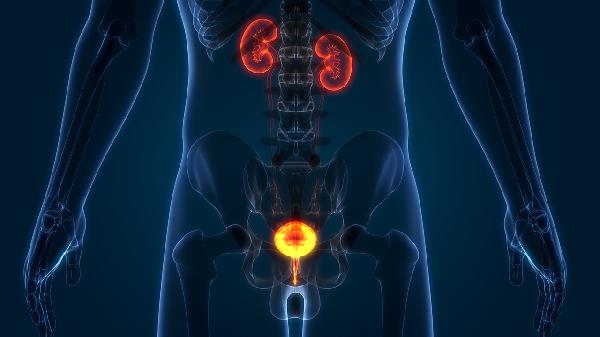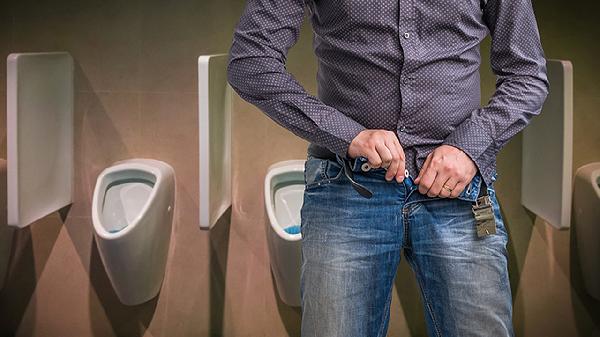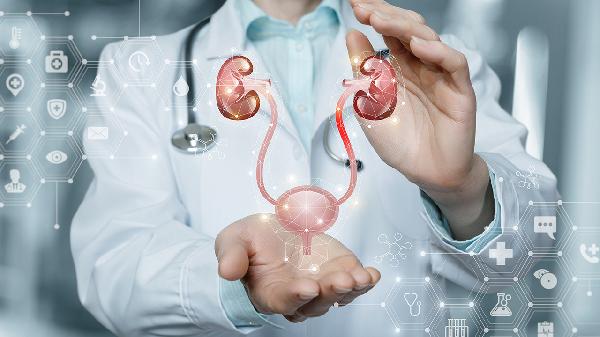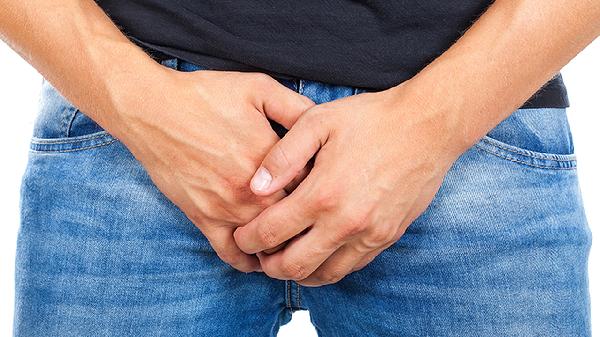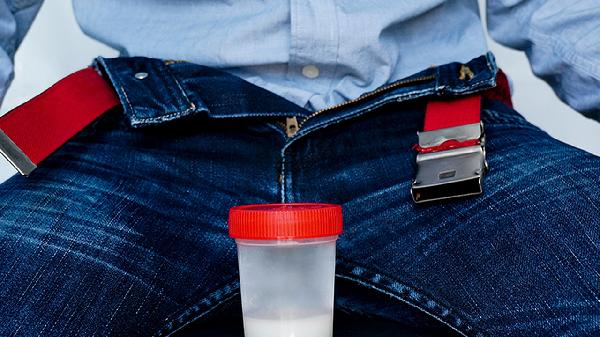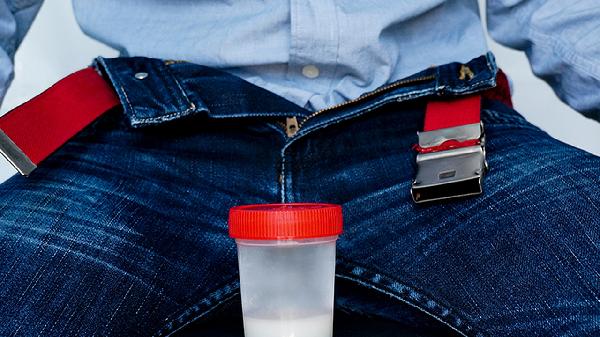Women who experience frequent urination, urgency, or discomfort after sexual activity may be dealing with urinary tract infections (UTIs) or anatomical abnormalities in their reproductive system. These symptoms can lead to anxiety and fear, often causing concerns about the impact of future sexual activity on their health. While antibiotics are commonly used to treat such infections, they are not always effective, highlighting the need for a deeper understanding of the underlying causes and preventive measures.
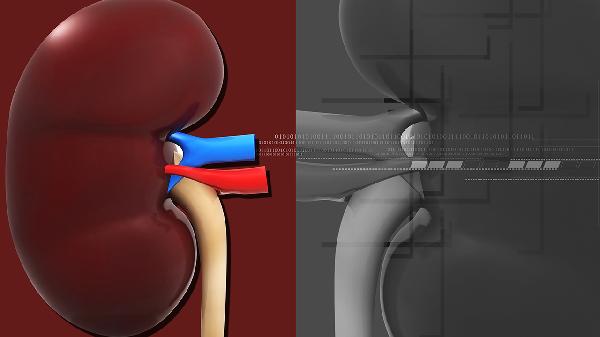
Anatomical and Physiological Factors
The female urinary tract is particularly vulnerable to infections due to its anatomical structure. The urethra is short and wide, and its proximity to the vagina and anus increases the risk of bacterial transfer. Additionally, the urinary tract’s epithelial cells are highly susceptible to bacterial adhesion, and menstrual blood can serve as a breeding ground for bacteria. During sexual activity, pathogens from the urethral opening, rectum, or a partner’s genitalia can be introduced into the bladder, leading to infections such as cystitis. If left untreated, these infections can ascend to the kidneys, causing pyelonephritis, a potentially life-threatening condition.
Other Contributing Factors
Certain anatomical abnormalities, such as a hymenal flap or urethral sphincter spasms, can also predispose women to post-coital UTIs. Fibrosis of the tissues surrounding the urethra may further exacerbate the issue. Diagnosing a UTI typically involves confirming the presence of bacteria in the urine through clinical tests, while anatomical abnormalities require a thorough examination by a healthcare professional.
The Limitations of Antibiotics
Relying solely on antibiotics to prevent or treat UTIs is not always effective. In many cases, these medications fail to address the root cause of the problem. Instead, a holistic approach that emphasizes hygiene and preventive measures is essential for long-term relief.
Preventive Strategies
Maintaining good sexual hygiene is crucial in reducing the risk of UTIs. Both partners should thoroughly clean their genital areas before and after intercourse. Women are advised to urinate immediately after sex to flush out any bacteria that may have entered the urethra. Avoiding excessive use of disinfectants in the genital area is also important, as it can disrupt the natural flora and weaken the body’s defenses. For those who experience recurrent UTIs linked to sexual activity, taking a single dose of antibiotics post-intercourse may be recommended. Additionally, maintaining a healthy lifestyle, avoiding sexual activity when fatigued or ill, and keeping a moderate frequency of intercourse can help minimize the risk of infections.
Addressing Anatomical Issues
Women with anatomical abnormalities contributing to recurrent UTIs should seek treatment at a reputable medical facility. Corrective procedures may be necessary to resolve these issues and prevent future infections.
Conclusion
Post-sex urinary symptoms in women are often caused by UTIs or anatomical factors. While antibiotics can provide temporary relief, they are not a long-term solution. Emphasizing hygiene, adopting preventive measures, and addressing underlying anatomical issues are key to reducing the risk of infections and ensuring a healthy sexual life. Women experiencing persistent symptoms should consult a healthcare professional for a comprehensive evaluation and tailored treatment plan.


